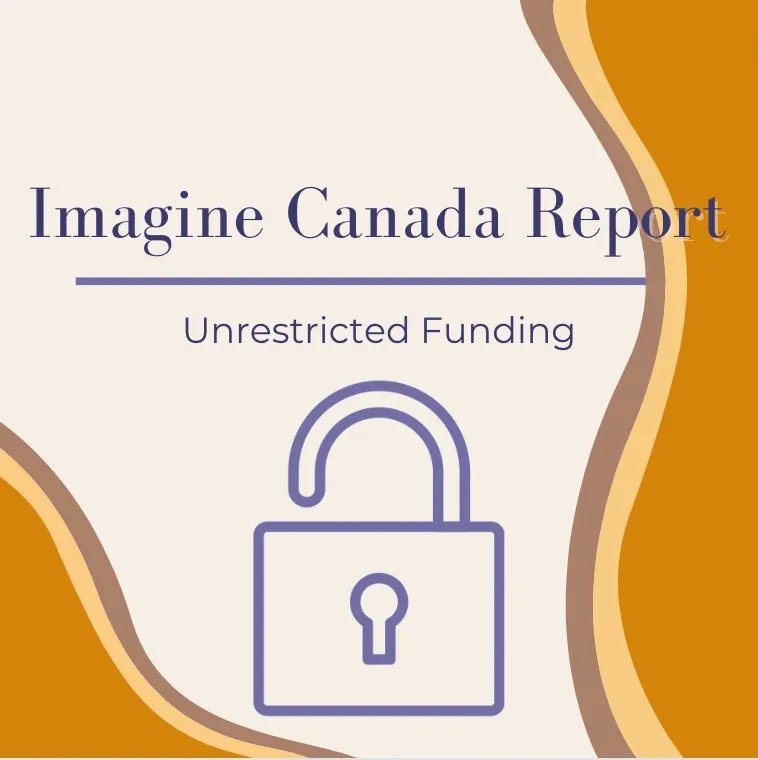Unrestricted Funding Amplifies Change in Non-Profit Organizations
I am a student of social justice at University of Western Ontario. As I am learning about philanthropy this Summer, it seems so much of what’s changing now in the charitable sector should have been changed a long time ago. Last week, I shared information on trust-based philanthropy, and this week, I am looking at Imagine Canada’s Trust & Impact: Funders’ Perspectives of Unrestricted Funding.
Imagine Canada’s Trust & Impact report follows the foundations and corporate funders who changed funding models to be more responsive and less restrictive. The report shares the conclusion that, in order for nonprofits to maximize their impact, unrestricted funding is necessary. Given how the premise of funding charities is to maximize impact for certain communities, I assumed it would be obvious to implement non restricted funding because I believe it positively impacts nonprofits more than restricted funding. However, unrestricted funding has surprisingly decreased in use over the last 20 years prior to the pandemic.
Unrestricted funding promises that communities that need support can prioritize where the money should go, advancing their work tackling deeply rooted issues, rather than just putting a bandaid on the surface or funding a specific short-term program. Unrestricted funding emphasizes that adaptability is paramount; flexible funding has proven to be the way to support chaotic situations.
The report shares key findings from funders, including:
Unrestricted funding can break the nonprofit starvation and it aids organizational flexibility, stronger infrastructure, more community impact.
Charities in the UK would rather trade a £1million restricted grant for a £500 000 unrestricted grant - this is proving how desirable unrestricted funding is globally.
While individual donors do not want to cover overhead costs, leaving this funding to other funders would cover overhead costs and allow individual donors to support mission delivery. A field study confirmed that donors contributed 75% more when they learned overhead costs were already covered.
Now that the global pandemic of Covid-19 has instilled a growth of unrestricted funding, the question is: will this trend last and will philanthropy continue to be funded without obligations?
Read the full report at Imagine Canada’s Trust & Impact: Funders’ Perspectives of Unrestricted Funding.


